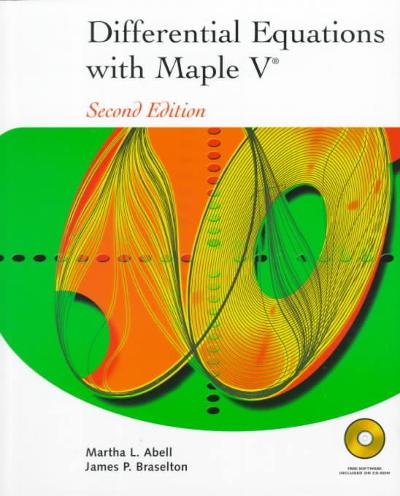Answered step by step
Verified Expert Solution
Question
1 Approved Answer
17. Gravetter/Wallnau/Forzano, Essentials - Chapter 9 - End-of-chapter question 17 A random sample is obtained from a population with a mean of u = 20.


Step by Step Solution
There are 3 Steps involved in it
Step: 1

Get Instant Access to Expert-Tailored Solutions
See step-by-step solutions with expert insights and AI powered tools for academic success
Step: 2

Step: 3

Ace Your Homework with AI
Get the answers you need in no time with our AI-driven, step-by-step assistance
Get Started


